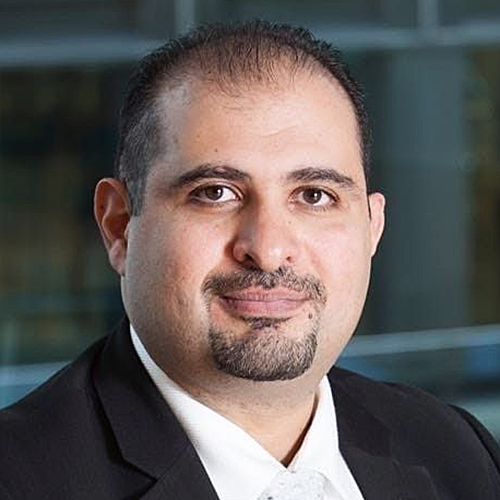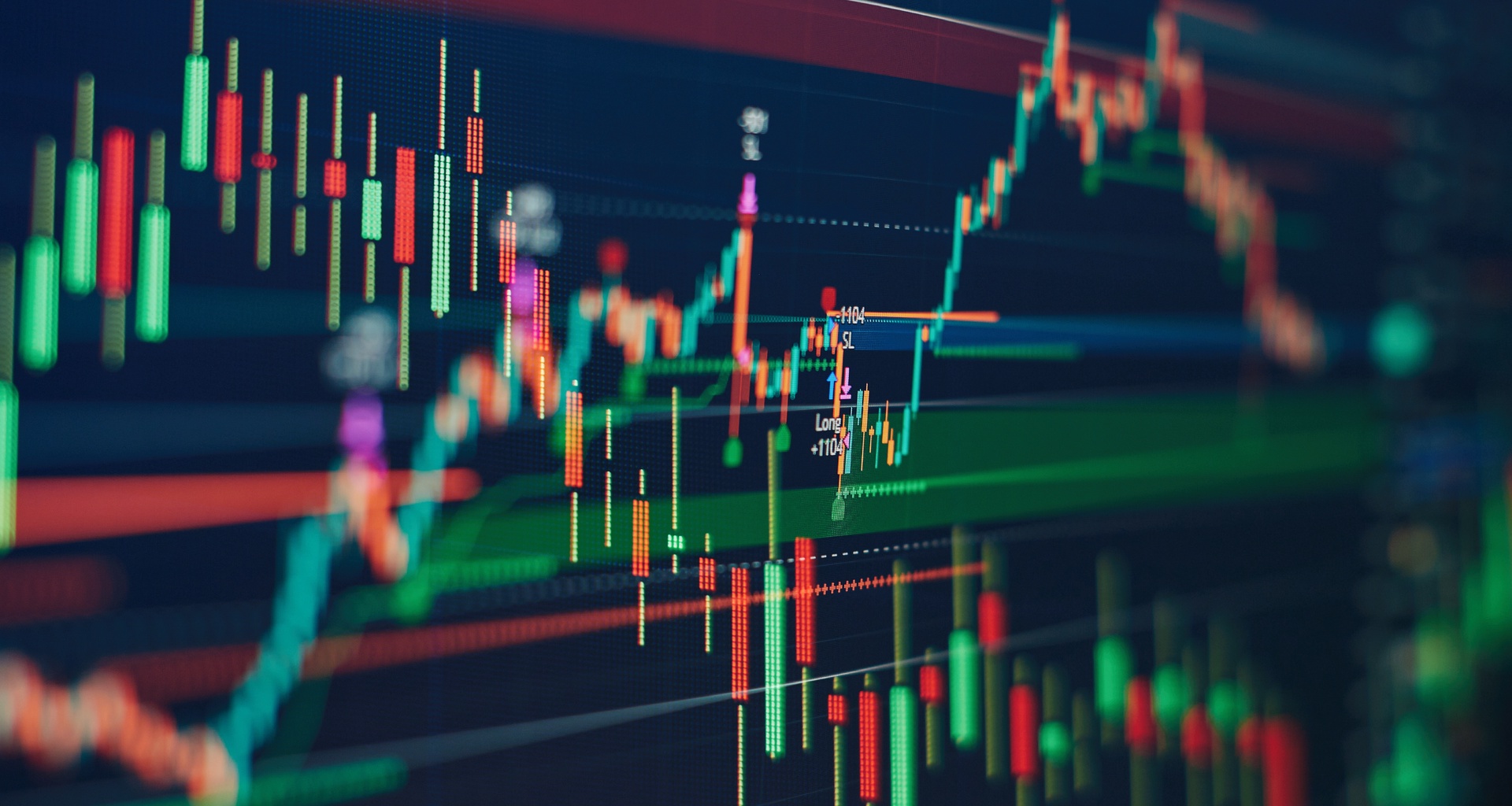Current levels of investment in green R&D are dangerously lagging what the world needs to achieve a long-term energy transition out of fossil fuels within several decades, panelists at an online event warned.
"Energy companies spend only a small share of their R&D revenues in green technologies, about 10-30%," said Tim Adams, CEO of the Institute of International Finance (IIF). He was speaking at the Green Swan 2021 conference convened by The Bank for International Settlements, Bank of France, International Monetary Fund and Network for Greening the Financial System.
Public investment in green technologies as a percentage of GDP has grown slowly and steadily since 2015, but nowhere near at the pace of investment in health care and defence, which has grown fivefold, he said.
According to Charlie Donovan, executive director of the Centre for Climate Finance and Investment at Imperial College London, most investment needs to happen in emerging markets, where energy systems continue to be dominated by old, inefficient and polluting technologies.
Furthermore, many emerging countries face a threat of capital flight because of their vulnerability to climate risk, both physical and transition.
"Over the past decade renewable power has outperformed fossil fuel stocks in stock markets around the world," he said. "Why are hundreds of billions of dollars of capital expenditure being made by corporations around the world that really have no future in a post-carbon economy?"
Commercial challenge
He outlined several reasons for the lock-in, the first one being the commercial challenge of electrification.
"Our economy today is built as an export-based global economy with US dollar-denominated commodities based on oil, coal and natural gas that can be transported and sold all around the world."
"So if you're going to drill deep water in Angola, you are going to find yourself in a less risky position than if you're putting solar panels on land in Angola. That's because the solar panels are going to generate cheap electricity but it has to be sold in a local currency, and won't go long distances."
The second hurdle is capitalization. "For a country to get out from under the economic capture of fossil fuel imports, it has to pay upfront for these savings over time. So the transition to a post-carbon economy will require much higher levels of investment spending, particularly in emerging markets. International financial institutions are not building the bridge that will allow them to access international capital markets."
Finally, he noted that decentralization presented a unique challenge. Renewable energy systems are cheaper, safer and cleaner, but also more distributed.
"That means complexity, smaller deal sizes, less centralized control. That is anathema to state-owned enterprises who still dominate the energy sector today."
He gave the example of Coal India, which is owned by the state and is the world's largest coal producer, employing around 300,000 people.
"The renewable power sector has no state heavyweights, and has to produce returns which are acceptable to shareholders."
Infrastructure focus
Panelists were wary of predicting the impact of Green New Deals, and pointed to the example of the Global Financial Crisis which saw a brief dip in global emissions, followed by a steep increase resulting from the stimulus packages.
Stimulus packages are often focused on infrastructure development, which rely on cement and steel, which are of high carbon intensity.
The panelists questioned how US President Joe Biden’s spending package would align with an infrastructure that isn't green. Without massive investments in R&D, the issue of cement and steel will persist.
Commenting on the urgent need for long-term policy signals that would allow investors to advance, Adams said: "Why wouldn't the Department of Defence and NATO say we're going to buy sustainable aviation fuel? Just that demand alone could shrink the green premium."
He also noted that electric vehicles need six times the amount of minerals that an internal combustion engine vehicle requires, which means that we need to increase mineral extraction fourfold over the next 40 years.
"It's a really remarkable change. And we really need capital in those areas to think about where those minerals are going to come from, the political economy of that, processing – most of which occurs in China – and the environmental and energy needs to extract, process and deliver. That's a place where we're going to need public sector direction."









